According to Resolution No. 60 of the 11th Conference of the 13th Party Central Committee, the Central Committee agreed to the policy of organizing local government at two levels: provincial level (provinces, centrally-run cities), communal level (communes, wards, special zones under provinces and cities); ending the operation of district-level administrative units from July 1.
The Central Government also agreed to merge commune-level administrative units to ensure that the country reduces the number of commune-level administrative units (CAUs) by about 60-70% compared to present, that is, reducing from 10,035 CAUs to about more than 3,000 communes, wards and special zones.
According to the plan, after the 2013 Constitution is amended and the 2025 Law on Organization of Local Government (amended) takes effect from July 1, the two-level local government model will begin to operate.
Most provinces and cities have drafted plans to rearrange communes and wards. Photo: Hoang Ha
In addition to wards and communes, it is expected that commune-level administrative units will have 13 special zones including: Van Don, Co To, Cat Hai, Truong Sa, Hoang Sa, Phu Quy, Kien Hai, Bach Long Vi, Con Co, Ly Son, Con Dao, Phu Quoc, Tho Chau.
Currently, most provinces and cities have completed draft plans to arrange and merge communes, wards and special zones.
Sorting and naming criteria
The criteria for arranging commune-level administrative units are based on natural area, population size, historical, cultural factors, and other geographical location.
Specifically, mountainous and highland communes must have a natural area of 200% or more and a population size of 100% or more of the corresponding commune standards prescribed in the Resolution of the National Assembly Standing Committee on standards and classification of administrative units.
Communes not in the above area and not in the district-level administrative unit on islands must have a population size of 200% or more and a natural area of 100% or more.
The following wards shall have a natural area of 5.5 km2 or more. Wards in centrally-run cities must have a population of 45,000 or more. Wards in mountainous, highland, and border provinces must have a population of 15,000 or more. The remaining wards must have a population of 21,000 or more.
In case of arranging 3 or more commune-level administrative units into new wards, these criteria do not need to be considered.
The criteria for arranging commune-level administrative units are based on natural area, population size, and other historical, cultural, and geographical factors. Photo: Thach Thao
Regarding naming new commune-level administrative units, the Resolution encourages two options. One is to name them after one of the previously arranged administrative units. Two is to name them after the district-level administrative unit (before the arrangement) with an ordinal number attached.
The name of a commune-level administrative unit must be easy to read, easy to remember, concise, systematic, scientific, consistent with the historical and cultural traditions of the locality, and approved and supported by the local people.
Commune-level People's Committees have a maximum of 4 departments and no more than 40 staff.
According to the guidance in Official Dispatch 03 of the Ministry of Home Affairs, the commune-level local government consists of the People's Council (PC) and the People's Committee (PC).
The People's Council at the commune level establishes two committees: the Legal Committee and the Socio-Economic Committee.
The People's Committee at the commune level establishes a maximum of 4 departments and equivalents, suitable to the characteristics of urban, rural and island areas. These departments include: Office of the People's Council and People's Committee, Economic Department (for communes and special zones) or Economic, Infrastructure and Urban Department (for wards and special zones in Phu Quoc), Department of Culture - Society and Public Administration Service Center.
The provincial People's Committee will base on the socio-economic development conditions, natural area, and population size of the administrative unit to decide the appropriate number of specialized agencies under the People's Committee (not exceeding 4 departments and equivalent). In case the locality organizes the number of specialized agencies under less than 3 focal points, it can arrange for an additional vice chairman of the People's Committee to directly lead and direct.
For commune-level administrative units, the locality shall base on actual conditions to decide on the appropriate number of specialized agencies under the People's Committee, or not organize specialized departments according to general instructions (except for existing People's Council committees) but assign specialized civil servants to directly take on job positions.
Commune-level People's Committees establish up to 4 departments and equivalent. Photo: Le Anh Dung
In case specialized departments are not organized under the People's Committee at the commune level, the People's Committee at the provincial level is assigned to decide to increase the number of staff compared to the current number of staff at the commune level to perform the new tasks transferred from the district level.
It is expected that the number of staff will not exceed 40 officials and civil servants, focusing on civil servants directly responsible for the fields of Party building, work of the Vietnam Fatherland Front and socio-political organizations, and government work.
For island districts and island cities, after they end their operations and become special economic zones, the current number of specialized agencies of island districts and island cities will be maintained for now, and then the Government's new guidelines will be followed.
Commune leaders hold concurrent positions, prioritizing increasing the number of civil servants
To increase the number of civil servants working directly to resolve the work of people and businesses, commune-level leaders will concurrently hold the position of head of advisory agencies, assisting the Party Committee, the Fatherland Front, socio-political organizations, and the government.
Localities can proactively arrange and assign part-time leaders or reduce the number of deputy heads of specialized departments and offices to increase the number of civil servants working directly with the people. Photo: Le Anh Dung
Specifically, the leadership of the People's Council at the commune level includes a chairman (a part-time position) and 1 vice chairman (a full-time position). The leadership of the People's Committee at the commune level includes a chairman (a full-time position) and 2 vice chairmen. Of which, 1 vice chairman concurrently holds the position of Chief of Office of the People's Council and People's Committee, 1 vice chairman concurrently holds the position of Director of the Public Administration Service Center.
The committees of the People's Council have a head (a part-time position) and 1 deputy head (a full-time position). The departments and equivalents of the People's Committee have a head (a full-time position or a part-time position held by the Vice Chairman of the People's Committee) and 1 deputy (a full-time position).
In case the commune-level administrative unit remains the same and does not organize specialized departments, one more vice chairman of the commune-level People's Committee can be added.
According to the guidance of Official Dispatch 03, localities can proactively arrange and use part-time leaders or reduce the number of deputy leaders of specialized departments and offices to increase the number of civil servants working directly, meeting the requirements of serving people of the new commune-level administrative unit.
Commune level takes on additional powers and duties of district level
The specific tasks and powers of commune-level authorities are proposed in the draft Law on Organization of Local Government (amended) and will be considered and approved by the National Assembly at the upcoming 9th session.
After the law comes into effect (from July 1), the commune level will mainly implement policies issued by the central and provincial levels, focusing on tasks serving the people, directly solving community problems, and providing basic and essential public services to local people.
Commune-level authorities will take on additional tasks and powers currently held by district-level authorities. Photo: Le Anh Dung
Commune level also has the authority to issue legal documents to decide on the organization of law enforcement in the area and issues under its authority.
Accordingly, the new commune-level government, in addition to undertaking the same tasks and powers as before the arrangement, will undertake the current tasks and powers of the district level; directly serving the people, organizations and businesses in the area.
Provincial authorities continue to decentralize to commune levels the performance of a number of tasks and powers depending on the characteristics, conditions, capacity and management requirements of each commune level.
District-level cadres are arranged to be core at the commune level.
100% of the existing district-level staff will be transferred to the commune level. The current leadership and management staff of the district-level political system will be arranged as the core in the new commune-level units. In addition, provincial-level cadres, civil servants and public employees can also be increased to the commune level.
According to Conclusion 150 of the Politburo, for the Party Committees of communes, wards, and special zones (after reorganization), it is possible to consider and arrange personnel who are provincial-level Party Committee members to be Party Committee Secretaries at the commune level. In special cases, if the Party Committee has an important position, economic scale, developed urban transport infrastructure, large number of Party members, and large population, it is possible to consider and arrange personnel who are members of the Standing Committee of the Provincial Party Committee or City Party Committee to be Party Committee Secretaries.
100% of the existing district-level staff will be transferred to the commune level. Photo: Le Anh Dung
In the immediate future, the current number of staff and civil servants at the district and commune levels will be maintained to be assigned to work at the commune level. Within 5 years, staff will be reviewed and streamlined in accordance with Government regulations. It is expected that the average staff at each commune level will be about 32 staff (excluding party and mass organizations).
Do not use non-professional activists at the commune level.
Official dispatch 03 requests to end the use of part-time workers at the commune, village and residential group levels from August 1.
However, it is possible to arrange and assign non-professional workers at the commune level to meet the requirements of the task to participate in work in villages and residential groups and implement regimes and policies for cases where work is not arranged according to regulations.
Villages and residential groups continue to be identified as self-governing organizations of residential communities, not administrative levels. For now, existing villages and residential groups will remain intact. After completing the arrangement of administrative units at all levels, the Government will assign the Ministry of Home Affairs to study and provide guidance on the arrangement and reorganization of villages and residential groups in a streamlined manner, directly serving the lives of local people.
From July 1, when the Law on Organization of Local Government (amended) comes into effect, district-level administrative units will cease to operate. Commune-level administrative units will begin operating no later than August 15. Provincial-level administrative units will begin operating no later than September 15.
According to Vietnamnet
Source: https://baothanhhoa.vn/buc-tranh-toan-canh-to-chuc-bo-may-nhan-su-cap-xa-sau-sap-nhap-246529.htm


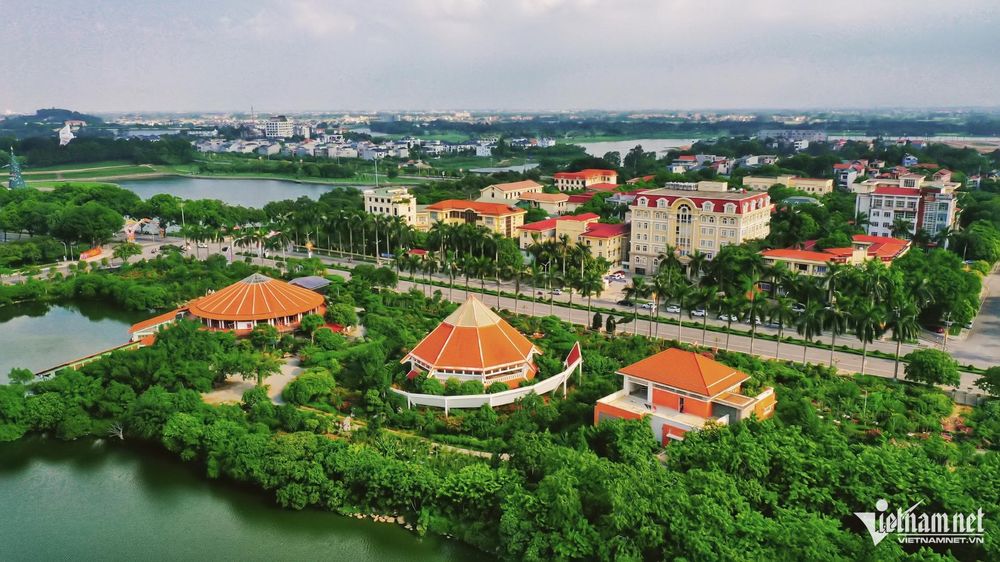
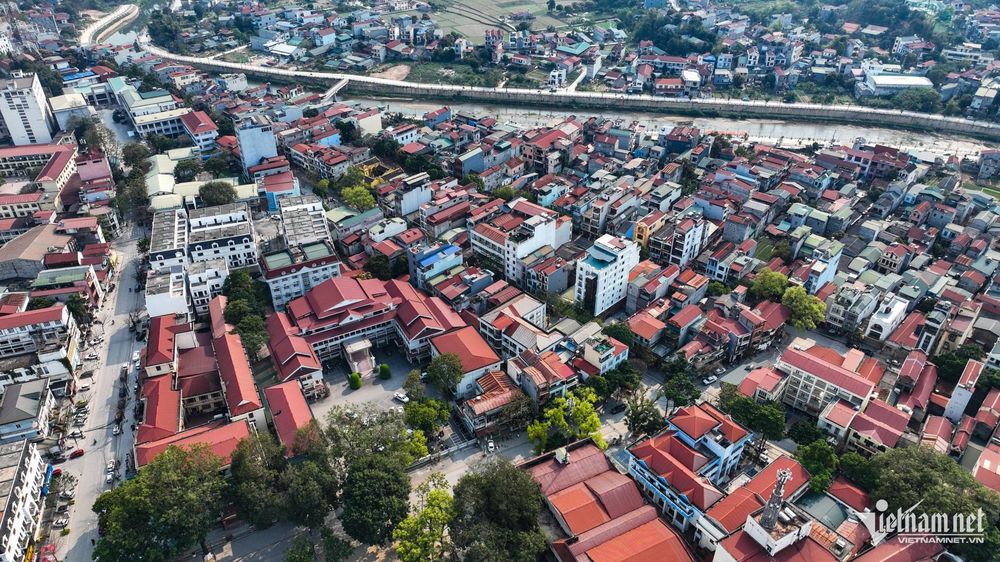
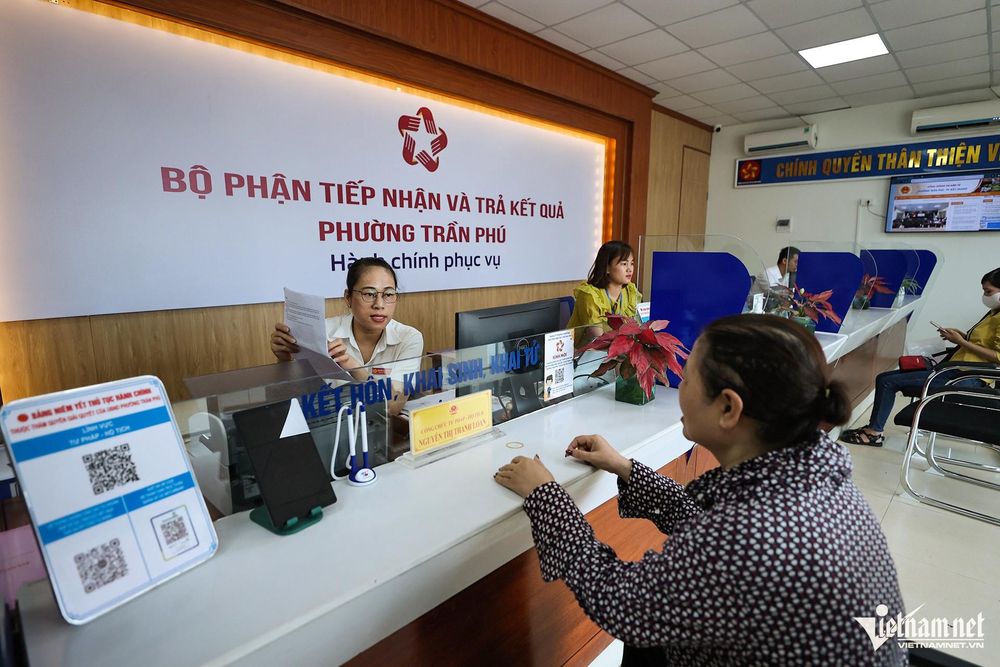
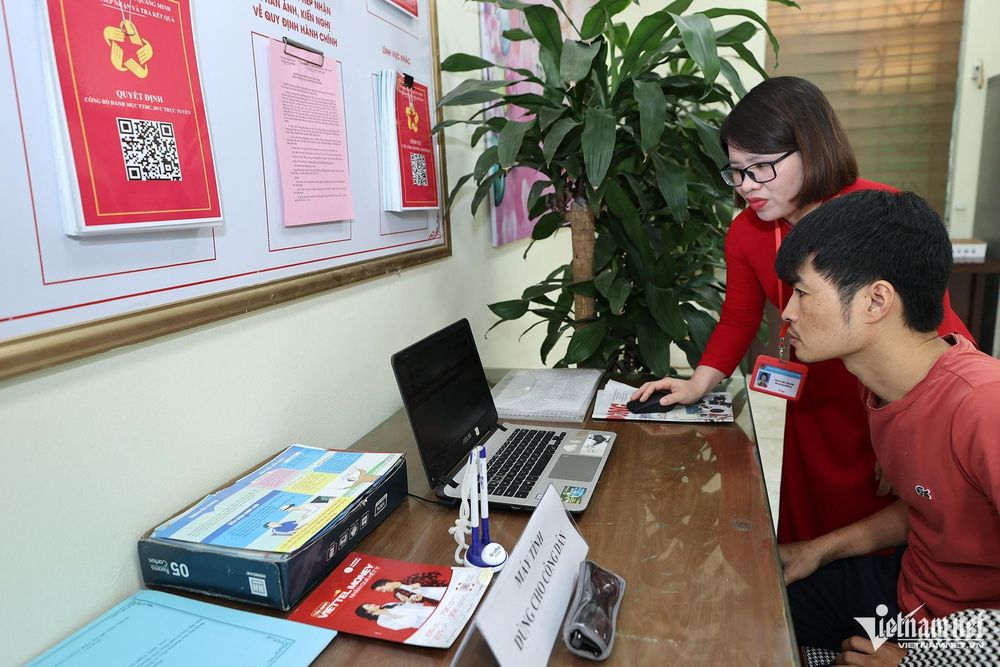
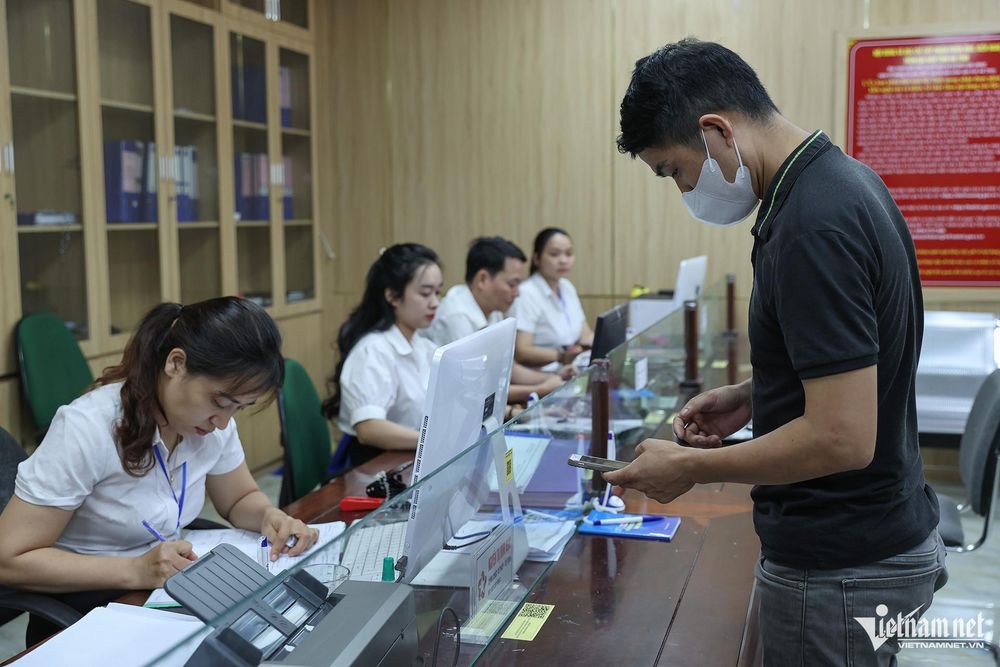
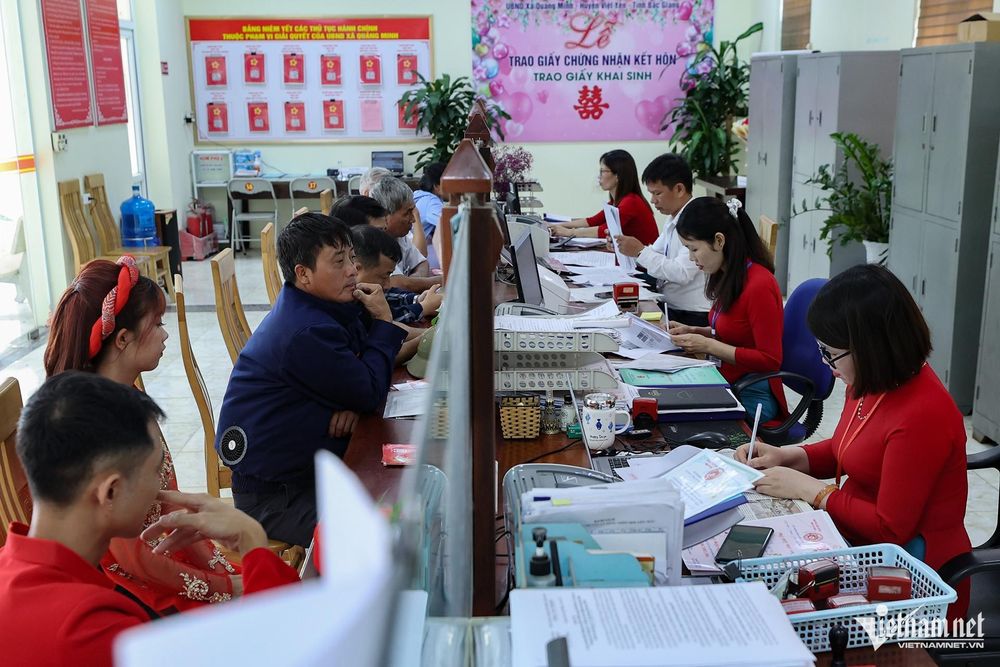
![[Photo] General Secretary concludes visit to Azerbaijan, departs for visit to Russian Federation](https://vphoto.vietnam.vn/thumb/1200x675/vietnam/resource/IMAGE/2025/5/8/7a135ad280314b66917ad278ce0e26fa)
![[Photo] General Secretary To Lam begins official visit to Russia and attends the 80th Anniversary of Victory over Fascism](https://vphoto.vietnam.vn/thumb/1200x675/vietnam/resource/IMAGE/2025/5/8/5d2566d7f67d4a1e9b88bc677831ec9d)
![[Photo] President Luong Cuong presents the decision to appoint Deputy Head of the Office of the President](https://vphoto.vietnam.vn/thumb/1200x675/vietnam/resource/IMAGE/2025/5/8/501f8ee192f3476ab9f7579c57b423ad)
![[Photo] Prime Minister Pham Minh Chinh meets with the Policy Advisory Council on Private Economic Development](https://vphoto.vietnam.vn/thumb/1200x675/vietnam/resource/IMAGE/2025/5/8/387da60b85cc489ab2aed8442fc3b14a)
![[Photo] National Assembly Chairman Tran Thanh Man chairs the meeting of the Subcommittee on Documents of the First National Assembly Party Congress](https://vphoto.vietnam.vn/thumb/1200x675/vietnam/resource/IMAGE/2025/5/8/72b19a73d94a4affab411fd8c87f4f8d)



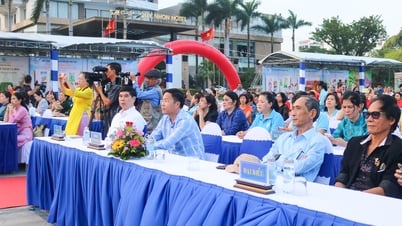

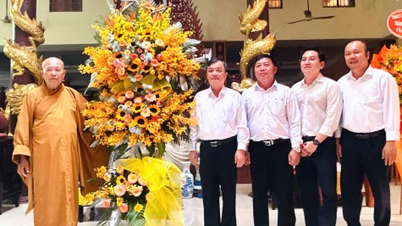






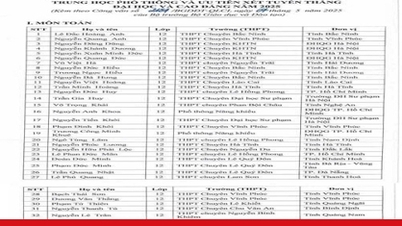




































![[Photo] Prime Minister Pham Minh Chinh talks on the phone with Singaporean Prime Minister Lawrence Wong](https://vphoto.vietnam.vn/thumb/402x226/vietnam/resource/IMAGE/2025/5/8/e2eab082d9bc4fc4a360b28fa0ab94de)













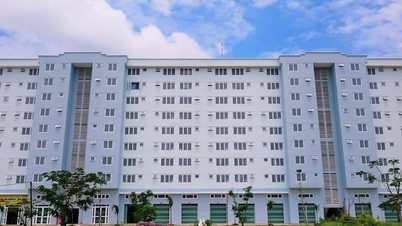















Comment (0)